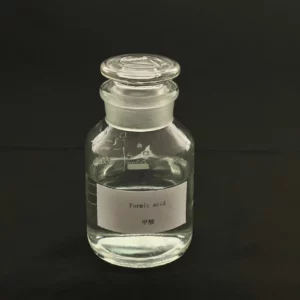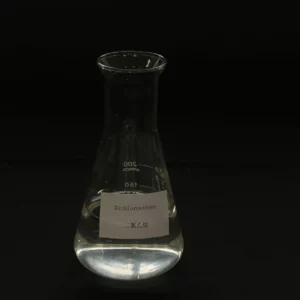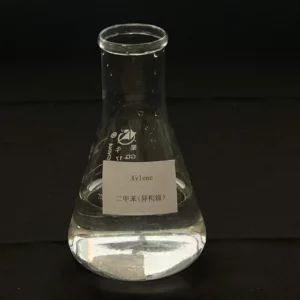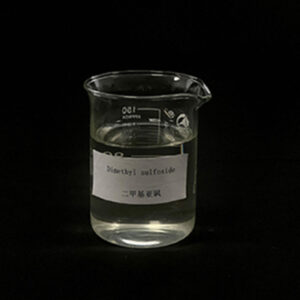In the realm of chemical manufacturing, there exists a diverse range of compounds that play crucial roles in various industries. Among these, Dimethyl Carbonate (DMC), N-Methylacetamide (NMA), and Adipic Dihydrazide (ADH) stand out for their unique properties and wide-ranging applications.
Dimethyl Carbonate (DMC), N-Methylacetamide (NMA), and Adipic Dihydrazide (ADH) are three remarkable compounds with diverse properties and a wide range of applications. Their versatility and effectiveness make them essential components in numerous industries, from chemical manufacturing and pharmaceuticals to plastics and textiles.
Dimethyl Carbonate (DMC): A Versatile Solvent and Reactant

Dimethyl Carbonate from China Dimethyl Carbonate supplier, commonly abbreviated as DMC, is an organic compound with the chemical formula CH3OCO2CH3. It is a colorless, flammable liquid with a pleasant odor, making it a versatile solvent and reactant in numerous industrial processes.
Production: DMC is primarily produced through the reaction of methanol and carbon monoxide in the presence of a catalyst. This process involves the carbonylation of methanol, resulting in the formation of DMC.
Applications:
Solvent: DMC is widely used as a solvent in various industries, including paints, coatings, and adhesives. It is also employed in the extraction of natural products and as a cleaning agent.
Reactant: DMC serves as a key reactant in the production of polycarbonate, a high-performance plastic used in a wide range of applications, including automotive parts, electronic devices, and medical equipment.
Fuel Additive: DMC finds application as a fuel additive, particularly in diesel engines, where it enhances combustion efficiency and reduces emissions.
N-Methylacetamide (NMA): A Polar Aprotic Solvent
N-Methylacetamide by China N-Methylacetamide manufacturer, often referred to as NMA, is an organic compound with the chemical formula CH3CONHCH3. It is a colorless liquid with a mild odor and is classified as a polar aprotic solvent.
Production: NMA is primarily produced through the reaction of acetic anhydride and methylamine. This process involves the acetylation of methylamine, resulting in the formation of NMA.
Applications:
Solvent: NMA is widely used as a solvent in various industries, including pharmaceuticals, cosmetics, and agrochemicals. It is also employed in the production of inks and dyes.
Reactant: NMA serves as a reactant in the synthesis of numerous organic compounds, including pharmaceuticals, pesticides, and fragrances.
Plasticizer: NMA finds application as a plasticizer, enhancing the flexibility and durability of plastics.
Adipic Dihydrazide (ADH): A Versatile Intermediate
Adipic Dihydrazide by China Adipic Dihydrazide suppliers, commonly abbreviated as ADH, is an organic compound with the chemical formula CO(NHNH2)2. It is a white, crystalline solid with a melting point of 129-131°C.
Production: ADH is primarily produced through the reaction of adipic acid and hydrazine. This process involves the condensation of adipic acid and hydrazine, resulting in the formation of ADH.
Applications:
Intermediate: ADH serves as a versatile intermediate in the production of various polymers, including polyamides, polyurethanes, and polyesters.
Cross-linking Agent: ADH is employed as a cross-linking agent in the production of thermosetting resins, enhancing their strength and durability.
Antioxidant: ADH finds application as an antioxidant in the food and pharmaceutical industries, preventing the deterioration of products due to oxidation.

.webp)



